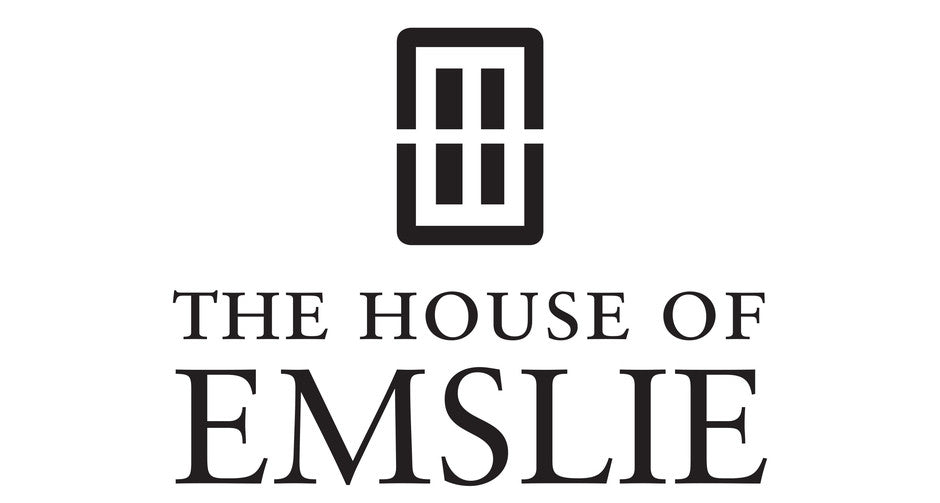Over The Mountains
From Spain In Our Hearts
by Adam Hochschild
Click Here to Play Podcast
For the first wave of Americans, reaching Spain had been easy. A major obstacle appeared, however, in March 1937 when, under pressure from a British government sprinkled with Franco sympathisers, France closed its border to all military assistance for Spain. Crossing points were equipped with machine guns and searchlights. Armed guards with dogs began patrolling the frontier. For nearly all International Brigades volunteers from now on, reaching Spain meant a long, clandestine, arduous climb, guided by Basque smugglers, over an ever-changing network of snowy footpaths that crossed the Pyrenees.
These mountains, which rise to more than 11,000 feet, are the most formidable natural wall in Western Europe outside the Alps. Their crest forms the border between France and Spain. For most of their expanse, only a few passes allow the traveller to cross from one country to the other at less than 6,500 feet, and these all had border control posts. Carved by glaciers – and the site of ski resorts today – the forbidding terrain ensured that some American volunteers would die before they even reached the war zone.
When Sandor Voros, a Hungarian American from Ohio, crossed the mountains that spring, his group began walking at nightfall on a circuitous route far above the timber line. At one point ‘the guide stopped abruptly and held up his staff. We all halted. … Lights were bobbing hundreds of feet below us in the dark – the border patrol! … We pleaded with the guide to slacken the tempo, but he shook his head and climbed relentlessly on. Inside my chest a fiery iron band was crushing my lungs, and the pressure tightened with every breath I drew. My eyes were beginning to swell, and an artery behind my ear started throbbing with the roar of a subway train.’
As the group briefly stopped to rest, Voros was too exhausted to move out of the rivulet of melting snow in which, in turned out, he had lain down. ‘We continued climbing all through the night, and daybreak found us up in the snow belt. … We were in a land where few feet ever trod, a land of crags and snow-covered peaks that bore no sign of vegetation, birds or animals. … Suddenly the guide sprang to his feet in great alarm. He asked us to stand up and took a rapid count. There were only sixteen of us. One comrade was missing, a German.’
The guide retraced the group’s steps for more than an hour, then returned. The German could not be found. Against protests, he insisted that they move on. The volunteers ate snow to quench their thirst, but had no food. Most had only ordinary city shoes, and their soaked feet were raw with blisters. When they gathered around a fire, the second night, a shepherd appeared with news that a French patrol was in close pursuit. The men could barely get their shoes back on over their swollen feet. As they were traversing a narrow ledge in the dark, Voros heard a scream: a Polish volunteer had fallen over the edge.
They waited for daybreak. This time the guide was gone for two hours; but again, he was unable to find the man or his body. At the day’s end they were able to buy some bread and cheese at a tiny settlement; then they pushed on for a third night.
Crossing a patch of crumbling snow beneath a mountain crest, Voros slipped off the path and slid down the slope, stopping his fall only by grabbing a bush sticking out of the snow. He was appalled to see the rest of the group move off, and he had fallen too far to hear what they were shouting. Finally, after giving up hope, he spotted two fellow Americans making their way towards him. Climbing back up to the trail, and then racing along it to catch up with the remainder of the volunteers, the three several times had to wade, waste-deep, across mountain streams, their shoes tied by the laces around their necks. Just before nightfall at the end of the third day, a road and huts came into sight: Spain.
In the months ahead, this journey across the mountains would claim the lives of an estimated 200 volunteers.
Next →
← Previous





